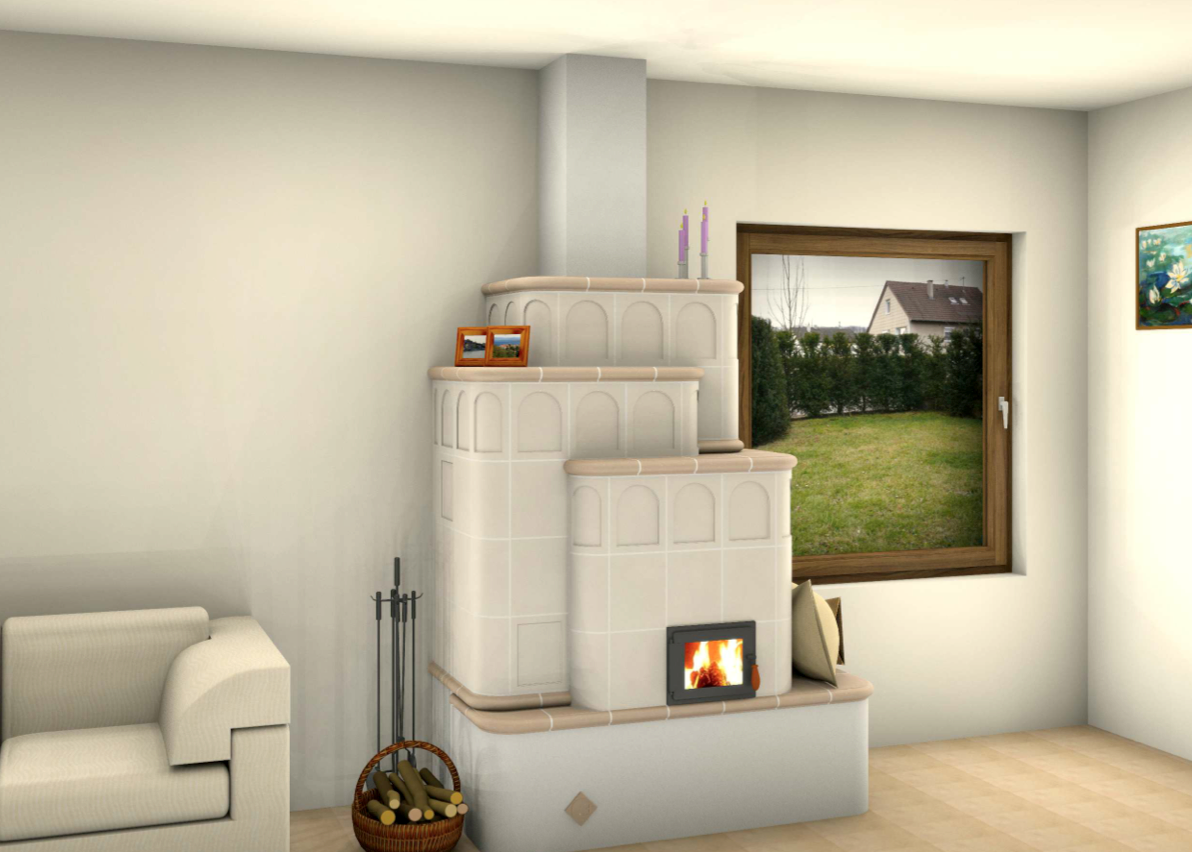
The clay deposits found in Trentino influenced the establishment of ceramic-tiled stove production in certain geographical areas, amply documented by historians, from the 14th century until the mid-19th century.
Sfruz, Vermilion and Molina di Fiemme seem to have been the towns most specialised in the production of stoves; in other areas, such as in Rovereto, Trento and Riva del Garda, this production alternated with that of other types of pottery (tiles, cookware, etc.).
Depending on the periods and production techniques, Trentino made a definite contribution in both aesthetic and functional terms: in addition to the exquisite majolica decoration of the stoves, it contributed to the specialisation of the construction of the internal structure, which allows minimal heat dispersion and lengthy transmission of warmth.
About fifty companies still produce handcrafted ceramic-tiled stoves today.
The Production Process
To make traditional ceramic-tiled stoves, fire-resistant earth or clay materials are first mixed with water. Red clay with a high iron content is traditionally used in Trentino, where it are extracted and pre-processed in situ.
The next step is the preparation of the tiles that will cover the clay structure. The tiles are left to dry naturally and slowly, with a limited amount of heat, for a period of between 10 and 30 days.
The first firing is then carried out, followed by decoration with enamel and paint, applied using sable brushes. The forms and types of decoration can not deviate from those traditionally used in Trentino.
After decoration, a second firing is required in order to fix the colours, paint and enamel of the cladding, giving them their characteristic opacity. The stove is then ready for installation.
The Local Area
The presence of clay deposits in Trentino was just one of the factors that determined the establishment of a solid ceramic-tiled stove production tradition in the area.
Other fundamental factors were the climate and the need to maximise the energy efficiency of the wood, the fuel resource available in the mountain areas.
Camera di Commercio di Trento



